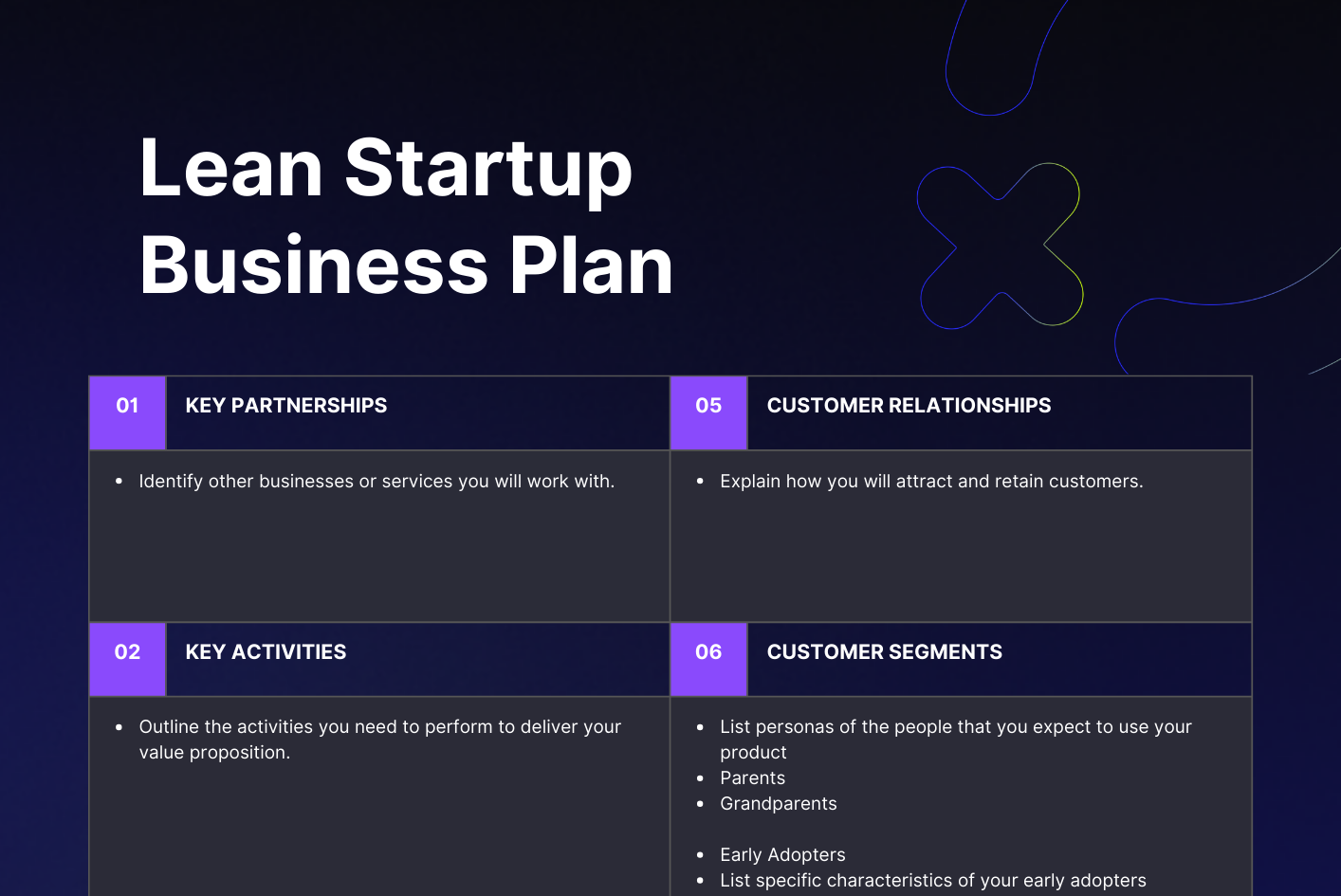Understanding Your Market
Importance of Market Research
Market research blends consumer behaviour and economic trends to confirm and improve your business idea. It’s crucial to understand your consumer base from the outset. Market research lets you reduce risks even while your business is still just a gleam in your eye. By conducting thorough market research, you can:
- Identify potential customers
- Understand customer needs and preferences
- Determine the demand for your product or service
- Analyse market trends and economic conditions
- Evaluate the competition
Market research involves gathering data from various sources, including surveys, focus groups, and industry reports. This data helps you make informed decisions about your business strategy and marketing efforts. For more information on how to start an online business, visit our detailed guide.
Demographic Analysis
Gathering demographic information is essential to better understand opportunities and limitations for gaining customers. This could include population data on age, wealth, family, interests, or anything else that’s relevant for your business . Demographic analysis helps you:
- Identify target market segments
- Tailor your marketing messages
- Develop products or services that meet specific needs
- Set appropriate pricing strategies
|
Demographic Factor |
Description |
|
Age |
Understanding the age distribution of your target market helps tailor products and marketing strategies. |
|
Income |
Knowing the income levels of your potential customers aids in setting pricing strategies. |
|
Family Size |
Family size can influence purchasing decisions and product preferences. |
|
Interests |
Identifying common interests helps in creating targeted marketing campaigns. |
Understanding the target market involves conducting a methodical analysis to determine if there are enough potential customers willing to purchase the product or service at a profitable price. This includes understanding customer demographics, motivations, and purchasing potential. For more insights on creating a buyer persona, check out our comprehensive guide.
By conducting a thorough demographic analysis, you can better position your business to meet the needs of your target market and achieve long-term success. For additional resources on business growth strategies and market penetration, explore our related articles.
Analysing Your Competition
Understanding your competition is a crucial step in creating a successful business plan template. By conducting a thorough competitive analysis, you can learn from businesses competing for your potential customers and identify opportunities to differentiate your business.
Competitive Analysis Overview
Competitive analysis involves gathering and analysing useful information about competitors' businesses to understand the competitive environment, opportunities, and challenges (Wolters Kluwer). This process includes identifying your competition by product line or service and market segment.
Key elements of a competitive analysis include:
- Identifying Competitors: Determine who your direct and indirect competitors are. Direct competitors offer similar products or services, while indirect competitors provide alternative solutions to the same problem.
- Analysing Competitors' Strengths and Weaknesses: Evaluate what your competitors do well and where they fall short. This can include product quality, pricing strategies, customer service, and marketing efforts.
- Monitoring Online Presence: Keep track of competitors' websites, social media activity, content, and online reviews. This helps you understand their brand positioning and customer engagement strategies.
- Tracking Market Adaptations: Continuously monitor how competitors adapt to market conditions, product developments, and brand evolution. This helps you stay competitive and anticipate industry trends.
Identifying Your Competitive Edge
Once you have a clear understanding of your competition, the next step is to identify your competitive edge. This is the unique advantage that sets your business apart from others in the market. Your competitive edge can be based on various factors, such as:
- Unique Selling Point (USP): Define what makes your product or service unique and why customers should choose you over competitors. For more information, visit our article on unique selling point.
- Pricing Strategy: Develop a pricing strategy that offers value to customers while maintaining profitability. Research different pricing strategies, like penetration pricing, to attract new customers.
- Customer Experience: Focus on providing exceptional customer service and creating a positive customer experience. This can help build customer loyalty and differentiate your business from competitors.
- Innovation: Continuously innovate and improve your products or services to meet changing customer needs and stay ahead of the competition.
To effectively identify and leverage your competitive edge, consider using a SWOT analysis template or a competitor analysis template.
|
Competitor |
Strengths |
Weaknesses |
Opportunities |
Threats |
|
Competitor A |
High-quality products, strong brand |
High prices, limited distribution |
Expanding product line |
New market entrants |
|
Competitor B |
Affordable pricing, wide distribution |
Inconsistent quality, poor customer service |
Improving quality control |
Price wars |
By conducting a comprehensive competitive analysis and identifying your competitive edge, you can create a business plan that positions your business for success. For more tips on starting and growing your business, explore our articles on how to start an online business and business growth strategies.
Crafting Your Business Plan
Creating a business plan is a crucial step in starting and growing your business. It helps you outline your goals, strategies, and the steps needed to achieve them. There are two main types of business plans: traditional and lean. Understanding the differences between them can help you choose the right one for your needs.
Traditional vs Lean Business Plans
Traditional Business Plans
Traditional business plans are comprehensive and detailed. They follow a standard structure and include extensive information in each section. These plans are often requested by lenders and investors because they provide a thorough overview of the business. Established businesses typically use traditional business plans as they have the data and research to support each section .
Lean Business Plans
Lean startup business plans are often more concise and focus on summarising the essential points. These plans are usually not as detailed as traditional plans. They are ideal for quickly explaining or starting your business, especially if it is relatively simple or if you plan to refine the plan regularly.
|
Plan Type |
Length |
Detail Level |
Typically used by |
|
Traditional |
Comprehensive |
High |
Established businesses, seeking investors |
|
Lean |
Concise |
Low |
Startups, quick planning |
Key Components of a Business Plan
Regardless of the type of business plan you choose, certain key components are essential for outlining your business strategy. Here are the main sections typically included in a traditional business plan:
- Executive Summary: A brief overview of your business, including your mission statement, product or service, and basic information about your company's leadership team, employees, and location.
- Company Description: Detailed information about your company, the problems it solves, and the market needs it addresses.
- Market Analysis: Research on your industry, market size, expected growth, and your position within the market. For more details, see our section on Understanding Your Market.
- Organisation and Management: Your business's organisational structure, details about the ownership, and profiles of your management team.
- Service or Product Line: Information about your products or services, including their lifecycle, benefits, and any research and development activities.
- Marketing and Sales: Your marketing strategy, sales tactics, and how you plan to attract and retain customers. For more insights, visit our marketing strategy plan.
- Funding Request: If you are seeking funding, outline your funding requirements, potential future funding requirements, and how you plan to use the funds.
- Financial Projections: Provide financial forecasts, including income statements, cash flow statements, and balance sheets.
- Appendix: An optional section that includes additional information such as resumes, permits, lease agreements, and other relevant documents.
Lean business plans, on the other hand, focus on the following key elements:
- Key Partnerships: Identify other businesses or services you will work with.
- Key Activities: Outline the activities you need to perform to deliver your value proposition.
- Key Resources: List the resources you need to create value for your customers.
- Value Proposition: Describe the unique value your business offers to customers. For more on this, see our article on unique value proposition.
- Customer Relationships: Explain how you will attract and retain customers.
- Customer Segments: Identify your target market and customer segments.
- Channels: Outline the channels you will use to reach your customers.
- Cost Structure: Detail the costs involved in operating your business.
- Revenue Streams: Describe how your business will make money.
Get Instant Access to the Business Plan Template
– Enter Your Email to Start Now!

By understanding the differences between traditional and lean business plans and knowing the key components of each, you can create a business plan that effectively outlines your strategy and sets you on the path to success. For more resources, check out our business growth strategies and how to start your own business articles.
Financial Planning for Success
Financial Statements Overview
When crafting your business plan template, the finance section is crucial for securing investors and determining the long-term viability of your business idea. The financial statements provide a comprehensive overview of your business's financial health, assets, liabilities, equity, and cash flow activities. The key financial statements include the profit and loss statement, balance sheet, and cash flow statement (Harvard Business School).
Profit and Loss Statement
The profit and loss statement, also known as the income statement, outlines your business's revenue and expenses over a specific period. This statement provides insights into your company's financial performance and is essential for understanding the overall financial health of your business.
|
Item |
Amount (£) |
|
Revenue |
50,000 |
|
Cost of Goods Sold |
20,000 |
|
Gross Profit |
30,000 |
|
Operating Expenses |
15,000 |
|
Net Profit |
15,000 |
Balance Sheet
The balance sheet offers a snapshot of your company's financial position by comparing assets (what the business owns) to liabilities (what it owes), ultimately determining the business's net worth or equity. It categorises assets and liabilities into different sections for clarity.
|
Item |
Amount (£) |
|
Assets |
|
|
Current Assets |
25,000 |
|
Fixed Assets |
50,000 |
|
Total Assets |
75,000 |
|
Liabilities |
|
|
Current Liabilities |
10,000 |
|
Long-term Liabilities |
20,000 |
|
Total Liabilities |
30,000 |
|
Equity |
45,000 |
Importance of Cash Flow Statement
The cash flow statement is a critical component of your financial planning. It tracks the inflow and outflow of money in your business, categorising activities into operating, investment, and financing activities. This statement provides a detailed account of the financial transactions within your business and is essential for maintaining liquidity and ensuring that you can meet your financial obligations.
|
Activity |
Amount (£) |
|
Operating Activities |
|
|
Cash Inflows |
40,000 |
|
Cash Outflows |
25,000 |
|
Net Cash from Operating Activities |
15,000 |
|
Investing Activities |
|
|
Cash Inflows |
5,000 |
|
Cash Outflows |
10,000 |
|
Net Cash from Investing Activities |
-5,000 |
|
Financing Activities |
|
|
Cash Inflows |
20,000 |
|
Cash Outflows |
10,000 |
|
Net Cash from Financing Activities |
10,000 |
|
Net Increase in Cash |
20,000 |
Understanding and managing your cash flow is vital for the success of your business. It helps you identify potential cash shortages and plan accordingly to avoid financial difficulties. For more information on financial planning and other essential components of a business plan, visit our articles on how to start your own business and business growth strategies.
